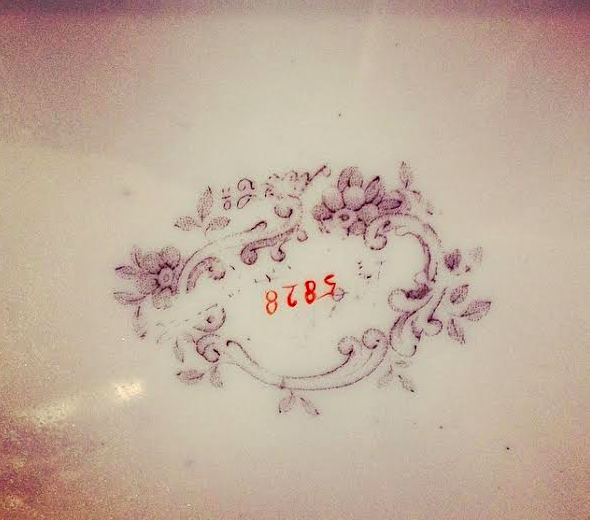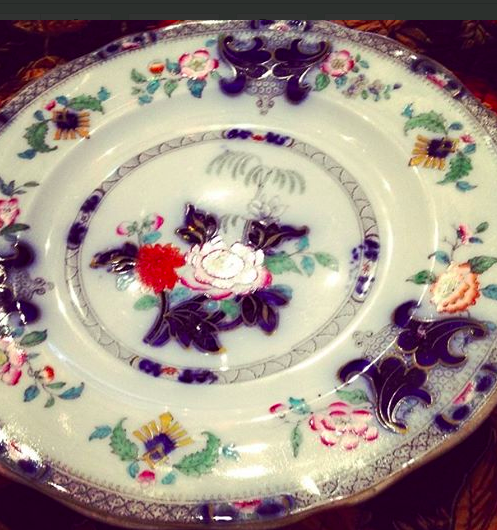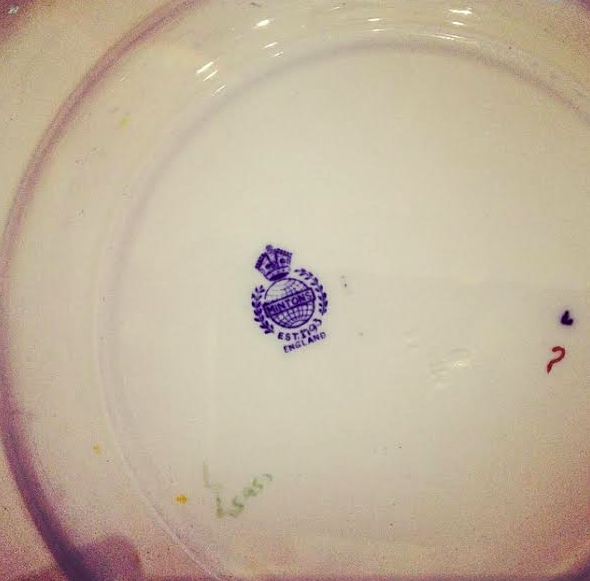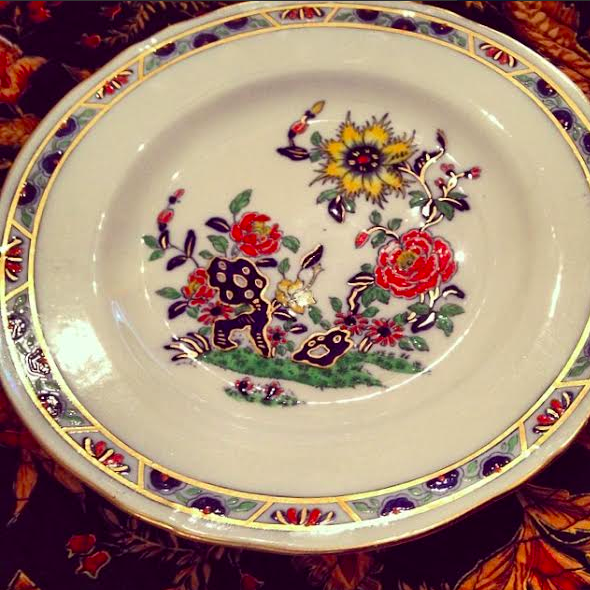



By Victoria Hart Glavin of Tiny New York Kitchen
The rule of thumb for reading the marks on the underside of china is simple.
If there is no mark, the piece was made before 1891, when the United States government began requiring imported china to indicate its country of origin.
Pieces labeled only by country probably were made from 1891 to 1914.
Thereafter, all imported china was marked “Made in…,” specifying the country of origin.
______________
Victoria Hart Glavin has been cooking and writing recipes since she was a teenager. Originally from Nebraska, her appreciation for culinary technique took off when she moved to Lyon, France.
While living in France, Victoria studied French cooking from an expert Lyonnais chef. Victoria learned to love the local culture of preparing and enjoying fresh, seasonal foods. While in France, Victoria experienced the joys of shopping for local produce at the market and preparing fresh foods simply and beautifully in order to enhance the experience of the table. During her time in France, she says she “learned how to squeeze tomatoes at the local market” and “took everything in by osmosis.”
Currently, Victoria creates tasty treats in her tiny kitchen, in New York City, for all to enjoy and on weekends she explores Fairfield County where has a second home. Victoria has shared her recipes with others and now you can enjoy the Tiny New York Kitchen recipe collection, too! Victoria is a member of Culinary Historians of New York and a member of the Association for the Study of Food and Society.